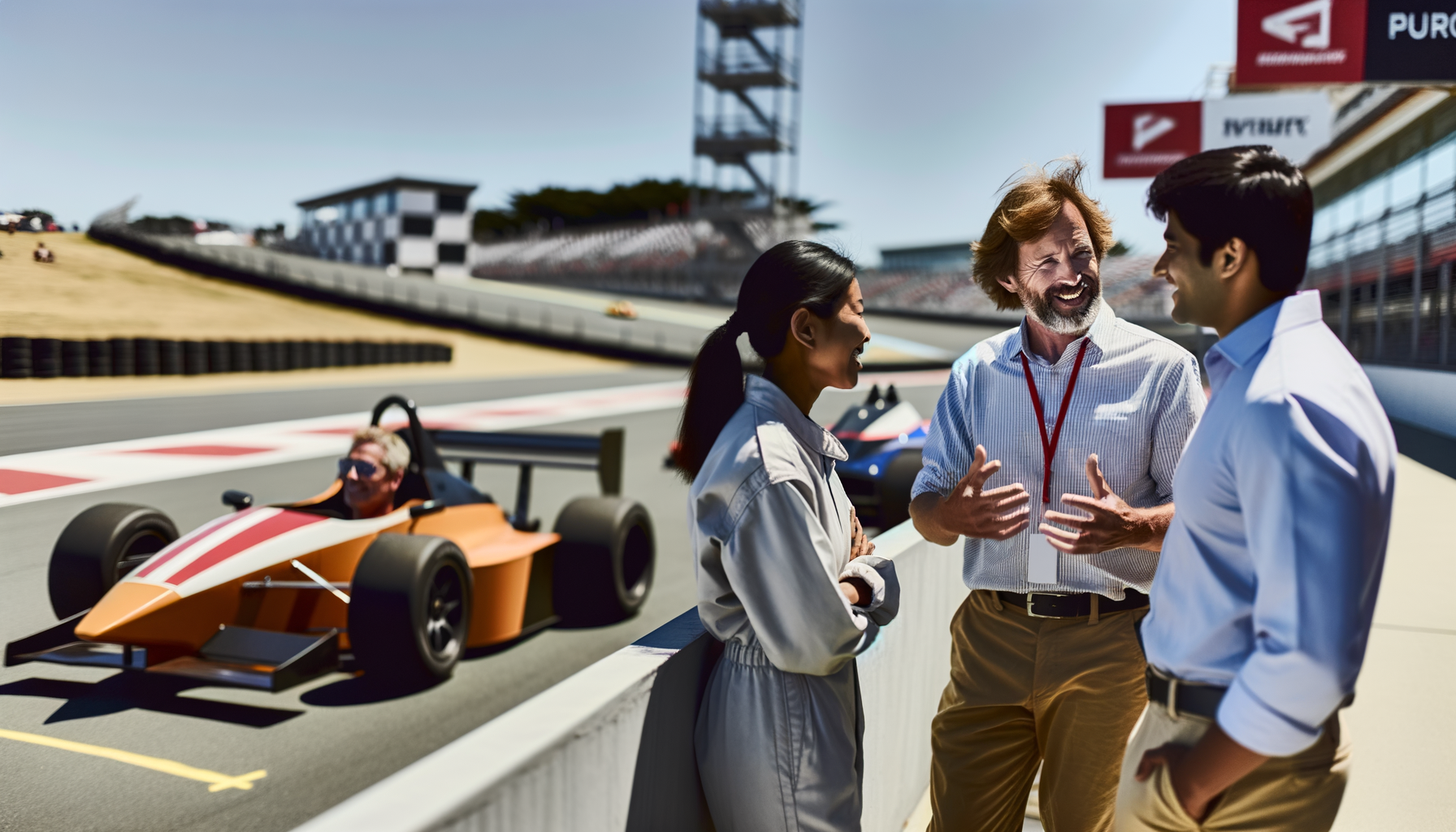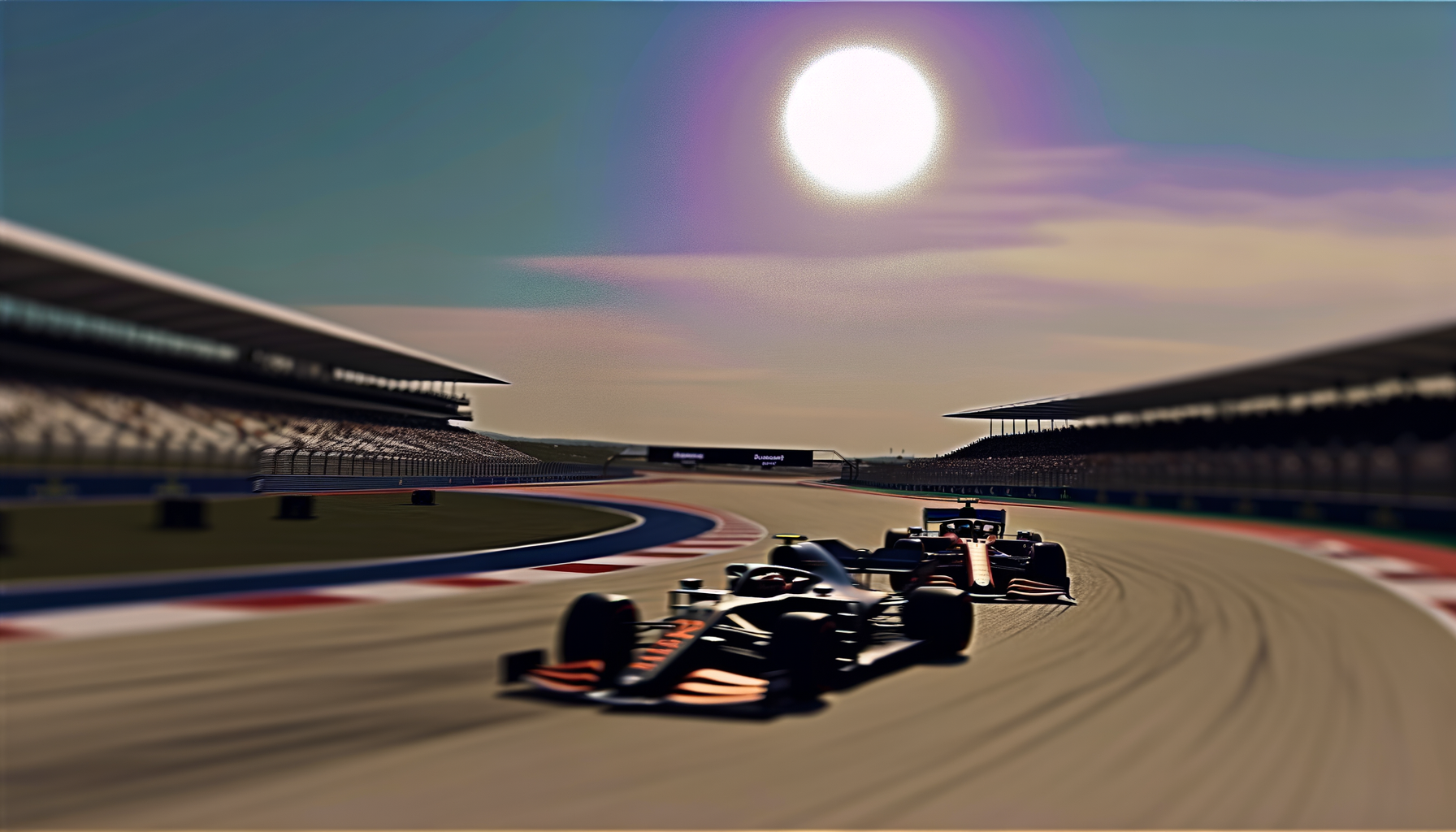Andrea Stella On How McLaren Can Beat Max Verstappen At US GP
Andrea Stella believes McLaren's US GP heat strategy could be the key to challenging Max Verstappen’s dominance. Discover the insights and tactics involved.

By Editorial
Introduction To McLaren’s Challenge Against Max Verstappen
The 2024 Formula 1 season has been dominated by Max Verstappen’s exceptional performances, leaving rivals searching for innovative tactics to close the gap. Andrea Stella, McLaren’s racing director, recently highlighted how the heat conditions at the United States Grand Prix (US GP) might offer his team a unique advantage to challenge Verstappen’s supremacy. This article delves into the strategic nuances behind McLaren’s approach and what it could mean for the championship battle.
Understanding The Importance Of Heat At The US GP
The Circuit of the Americas in Austin is notorious for its warm climate, which presents both challenges and opportunities for teams. Andrea Stella emphasises that managing tyre temperatures and car performance in such heat is critical. Unlike cooler European circuits, the higher track temperatures in the US can affect tyre degradation and grip levels differently, potentially benefiting teams with adaptable setups.
Why Heat Provides A Strategic Edge
Heat impacts the tyre compounds’ behaviour, sometimes accelerating wear but also allowing teams to push their cars harder if they manage the thermal window correctly. McLaren’s engineers have reportedly fine-tuned the MCL60’s cooling systems and aerodynamic balance to maintain optimal tyre temperatures, allowing drivers to extract maximum performance during crucial race phases.
McLaren’s Recent Performance Trends And Adaptations
In recent races, McLaren has shown a consistent upward trajectory. Andrea Stella’s leadership has been instrumental in evolving the team’s race strategies, particularly in variable conditions. This adaptability was visible in their tactical calls and pit stop efficiency, which have closed the gap on Red Bull’s blistering pace.
For a deeper understanding of how top teams leverage conditions, readers may find value in our article on Lewis Hamilton back on form at Italian GP says Ferrari boss, which discusses how environmental factors shape race outcomes.
Technical Adjustments For The US GP
Stella revealed that McLaren has made targeted upgrades to the MCL60’s cooling architecture, vital for managing the intense heat. This includes refined brake ducts and enhanced airflow management, reducing the risk of overheating components. Such technical tweaks are crucial in maintaining consistent lap times and preventing performance drop-offs during the race.
Tyre Strategy And Pit Stops
Tyre management is a pivotal element in capitalising on heat conditions. McLaren’s plan involves optimising stint lengths and selecting the right tyre compounds to minimise degradation. The team’s pit crew has also been practising rapid tyre changes to ensure minimal time loss when switching compounds. This strategy aims to exploit any momentary weaknesses in Red Bull’s race pace.
Potential Impact On The Championship Battle
If McLaren successfully leverages the US GP conditions, it could significantly disrupt Max Verstappen’s rhythm. While Red Bull remains the favourite, the unpredictable nature of heat and race strategy could narrow the points gap. Andrea Stella’s confidence signals McLaren’s belief in their car’s development and the team’s growing maturity.
This evolving dynamic mirrors broader shifts in the sport, where fine margins and strategic ingenuity increasingly define success. For fans interested in broader UK sports narratives, our feature on exploring the top sports in the UK from football to darts provides engaging insights.
Case Studies Of Heat Impact In Previous US GPs
Looking back at prior US Grands Prix, teams with superior heat management have often outperformed expectations. For instance, in 2019, Mercedes struggled with tyre blistering, while teams like Ferrari capitalised on warmer track conditions. These historical examples underscore the critical role of environmental factors, reinforcing Stella’s viewpoint on the strategic value of heat.
Lessons From Past Race Strategies
- Heat-induced tyre degradation: Teams that failed to adapt tyre pressures or compounds suffered significant performance losses.
- Cooling system upgrades: Investments in car cooling correlated with better reliability and consistent lap times.
- Flexible pit strategies: Teams prepared to alter their pit stop plans mid-race gained tactical advantages.
Conclusion: What To Expect From McLaren At The US GP
Andrea Stella’s insights highlight that McLaren is not just aiming to compete but to strategically out-think Red Bull in specific conditions. The US GP’s heat could be the perfect storm for McLaren to challenge Max Verstappen, provided they execute their plans flawlessly.
As the season progresses, keeping an eye on how teams adapt to varying circuits and climates will be fascinating. Those interested in football transfers and broader UK sports updates might also appreciate our coverage of Manchester United’s goalkeeper dilemma and summer transfer insights, reflecting the multifaceted nature of sports competition and strategy.
Ultimately, the US GP offers a compelling narrative on how environmental variables and technical innovation intersect to shape Formula 1 outcomes. McLaren’s approach may well redefine the championship’s trajectory.
Related topics
Editorial
Sports expert at SportsScoop
Specialist in sports analysis and journalism
Related articles
Want to read more?
Explore our comprehensive collection of sports articles and analysis, or contact us for more information.



